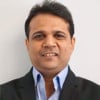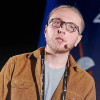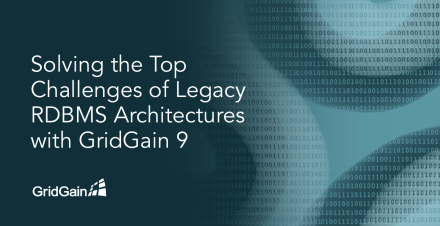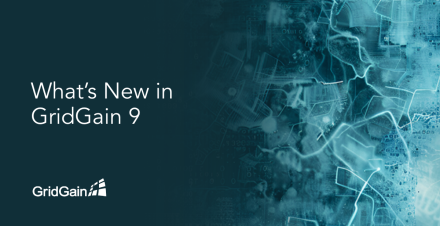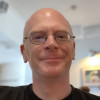GridGain Blog
Key Takeaways from Our Webinar with DataversityEvery January, a lot of folks in this industry do their best to guess which way the data management wind will blow this year. Donna Burbank, data architect and Managing Director at Global Data Strategy, and Lalit Ahuja, CTO of GridGain discussed this on a recent webinar. Donna also presented some of the findings from a recent Dataversity survey on…
GenAI exploded onto the enterprise scene in 2024, forcing business leaders to reevaluate every aspect of their operations, products, and services. Since then, they’ve been making grand plans, diving into pilot programs, and even putting some applications into production.In 2025, however, reality will set in as businesses work to ensure GenAI success for the long term. In this VMBlog article,…
As Head of HR for GridGain, I couldn’t be more thrilled that GridGain has been Certified™ as a Great Place To Work® in the United States. This is a really impressive award because it’s based entirely on what our employees in the U.S. say about working here – with 84% saying GridGain is a great place to work. That’s a huge 27 points higher than the average U.S. company!
Great Place To Work is a…
In a previous post, I described the importance of a financial trade order management system (OMS) and how to accelerate the data-intensive pre-trade validation process. In this post, I will show how GridGain provides similar benefits for the post-trade reconciliation process.What is Post-Trade ReconciliationPost-trade reconciliation occurs after trading hours, when financial institutions have…
Introduction Relational Database Management Systems (RDBMS) have dominated enterprise IT data infrastructure for decades, serving as the backbone for countless applications. Today, many applications still run on legacy RDBMS, which face significant challenges in meeting the demands of today's data-driven world. As enterprises increasingly require real-time analytics, artificial intelligence…
Our latest release, GridGain 9, is more than an upgrade – it’s a significant leap forward for our Unified Real-Time Data Platform. New capabilities include a more robust transaction management and consistency model for data; full support for SQL workloads; enhanced support for multiple data formats, models, and stores, including cloud data lakehouses; high-throughput data stream processing; and…
Securities trading is one of the foundations of the global financial system, having significant impacts on liquidity, economic growth, and risk management. In turn, financial services firms must be able to execute trades instantly because delays of even a few milliseconds can result in lost opportunities for clients. Today, many firms still experience significant trade processing lag when…
All the interest around Enterprise AI has led many businesses to reevaluate their data architectures, as they understand that the true value of AI will be in the ability to drive deeper insights from their data. If businesses want to take full advantage of this transformative moment, they must quickly begin thinking about the ability to access and process all relevant data at ultra-low latencies…
It’s an exciting time in the world of trading. After a long period where transactions would typically settle in two days, we’re rapidly moving to same-day settlement and, in some financial markets, instantaneous settlement. In the capital markets jargon, this is known as T+0.But what is “settlement”, why is this important, and how does reducing the time to settle affect your organization?What is…
I still remember the day I boarded my first flight ever – the idea of crossing such a huge distance in a very short time, the excitement of getting on a plane and getting to look down from the window up in the sky floating over the clouds was heightened by the nervous chill as we went through security and gate checks. In fact, I can safely say that the flight was the best part of my trip. …





